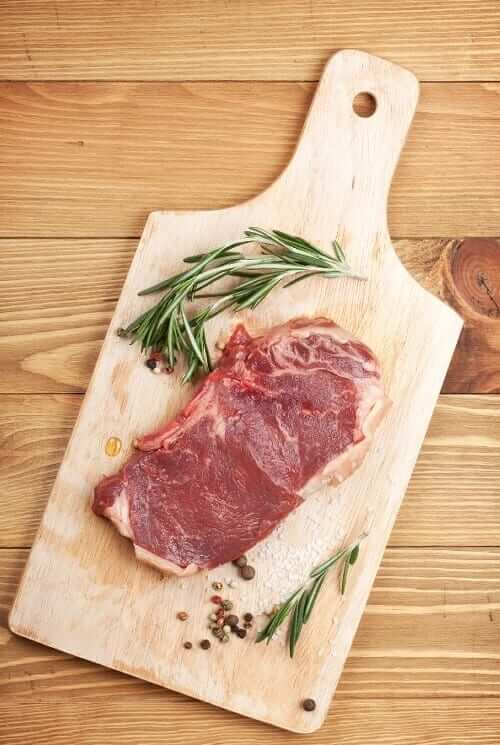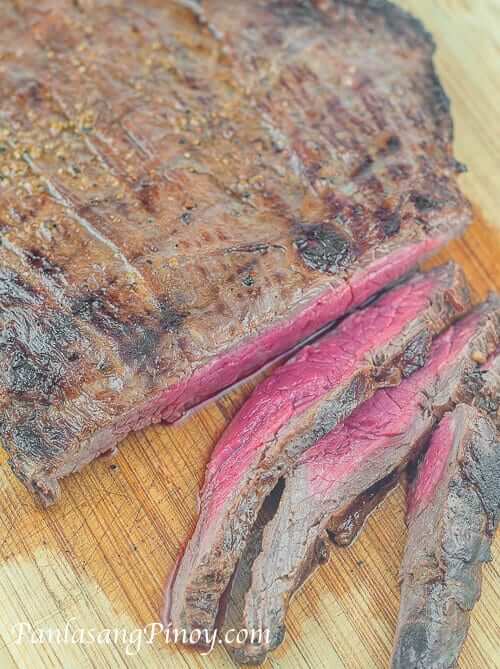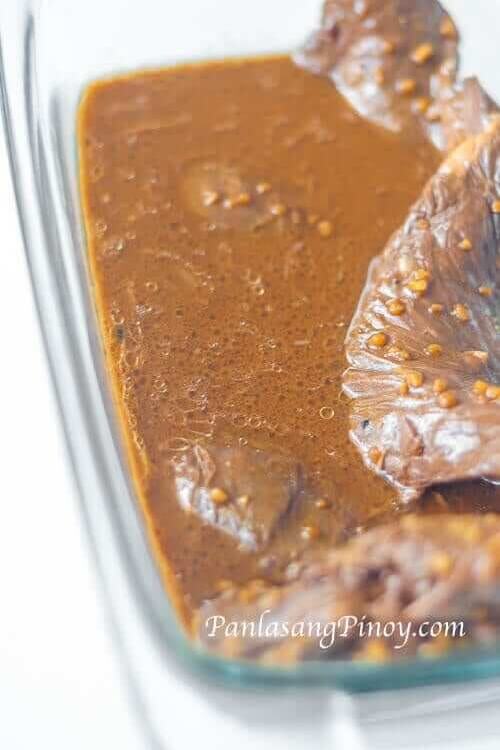What are the different steak cuts?
From barbeques to gourmet meals, beef is served daily on millions of dinner tables worldwide. Although it is widely consumed, only a few know the different steak cuts that affect its tenderness, flavor and price. Steak cuts refer to the part of the cow where meat comes from. While some are extremely tender, others can…
This post may contain affiliate links. Please read our disclosure policy.
From barbeques to gourmet meals, beef is served daily on millions of dinner tables worldwide. Although it is widely consumed, only a few know the different steak cuts that affect its tenderness, flavor and price. Steak cuts refer to the part of the cow where meat comes from. While some are extremely tender, others can be tougher but more flavorful. Knowing the cuts and grades of meat can help you prepare delicious meals.
Terms You Should Know
The first step to understanding steak cuts is to be familiar with common terms used. The grade of beef, for instance, is a term used to describe the quality of meat. Beef can be premier, choice or select. Premier steak refers to the highest quality of steak, while select is the lowest. Most stores sell only premier and choice. Select meat is often used to make beef products.
Another important term to know is marbling. Marbling is basically white fat that lies within the various sections of meat. The more marbling a piece of beef has, the more flavorful it is. The age of beef is also noteworthy. Aged meat is considered to be of better quality. When meat is aged, it turns to a deep, rich red color with a slightly stronger scent.
Steak Cuts and Cow Parts
A cow is generally divided into the fore and hind quarters. The parts closest to the shoulders bear meat that is relatively tougher. Steak cuts made from the front part include chuck, brisket, rib and flank cuts. In the hind quarters, you can find sirloin, tenderloin, loin, topside and of course oxtail cuts. While the former requires more tenderizing through slow cooking or boiling, the latter is very tender and easy to grill and fry. Shanks or shins are cut from the legs.
Steak Cuts by Tenderness
Steak cuts from the front or fore-quarters should ideally be slow cooked or be used in a stew. Their tougher texture needs to be softened before being eaten. If grilled or roasted, they can be hard and stiff. Meat from the hind part of the cow, however, is much tender.
The least tender cut of meat, but tender nonetheless, is considered to be the sirloin. A popular cut from the sirloin is the T-bone, which is part sirloin and part tenderloin. Topside/silverside steak cuts can also be juicy, and are often leaner as well. The two most tender steak cuts are from the loin and tenderloin. Out of the two, the tenderloin is considered to produce premier meat.
The tenderloin is also known as fillet. It is the most expensive because the part it is cut from is smaller than the rest. Popular steak cuts made from tenderloin are rib eye, strips, filet mignon and T-bone. Recommended ways to cook it include grilling, pan-frying, broiling and roasting.
Here is a link to an article that comprehensively talks about steak cuts.
Steak cuts are important if you want to know which meat you should use for your meals. An easy way to differentiate cuts by tenderness is to remember that meat gets tender the further you move away from the cow’s shoulders. If you’re watching your weight, beef with less marbling is probably best. If you need more flavor, look for white, waxy fat on meat. Whichever you choose, customize your shopping experience by classifying beef into steak cuts, marbling, grade and price.



Leave a Comment